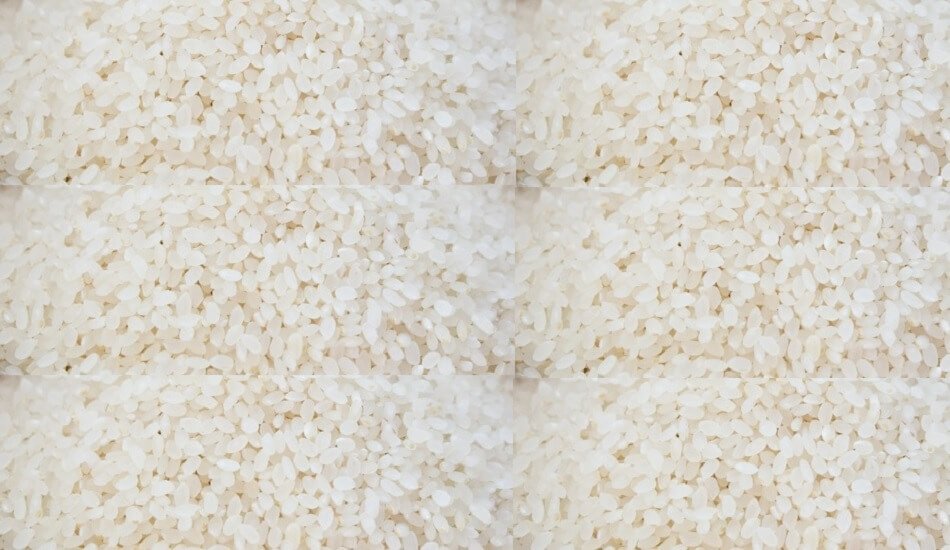India permits export of 3.5 lakh tonnes of broken rice to Gambia and Senegal
As a special case, the government has given permission to send 3.5 lakh tonnes (lt) of broken rice to Gambia and Senegal. Shipments of this type of rice were banned on September 8, 2022.
According to a letter sent by the Finance Ministry to the Chief Commissioners of Customs in Ahmedabad, Chennai, Vizag, Nagpur, and Mumbai and seen by businessline, the Commerce Ministry has given permission for 1 lakh tonnes of broken rice to be sent to Gambia and 2.5 lakh tonnes to be sent to Senegal.
Also Read | Thanks to ban on broken rice exports, retail rice prices remain in control
The Ministry has also given permission for 9,990 tonnes of broken rice to be sent to Djibouti, Ethiopia. Ruby Overseas, which is based in Chennai, will send the package.
In the case of Gambia, the Centre has given permission for Royal Mirage Consultant (5,000 tonnes), Sarala Food Pvt Ltd (12,500 tonnes), and Laxmi Group of Industries Pvt Ltd to export broken rice (2,000 tonnes).
Trade irked
For Senegal, the Ministry has cleared 1,12,500 tonnes out of a total of 2.5 lakh tonnes. This means that Sarala Foods, Sri Chitra Exports, Manasa Quality Enterprises Ltd, Pattabhi Agro Foods Pvt Ltd, and CLRK Industries Pvt Ltd can each ship out 22,500 tonnes.
Some people in the trade are upset that broken rice can be sent to these countries, but not to others. They don’t understand why the Center is letting this happen.
‘What is the government’s responsibility to the country? ‘Why loosen a blanket ban that was put in place to protect food security?’ asked a trader from Delhi.
A trade analyst, on the other hand, said that exports to Gambia, Senegal, and Djibouti have been approved by the Commerce Ministry after the Ministry of External Affairs asked for it.
Permits for reasons of strategy
‘The exports are being allowed for strategic reasons and because the Ministry of External Affairs is involved,’ said an analyst who did not want to be named.
The analyst said that India is clear that it will meet the food needs of ‘vulnerable countries.’ He did this by pointing to the Centre’s notifications that stopped wheat exports and limited rice shipments.
‘The Ministry of External Affairs would have thought about many things before going to the Ministry of Commerce,’ he said.
Also Read | India bans export of broken rice citing concerns about domestic availability
After the kharif paddy crop was hurt by a weak monsoon in key rice-growing areas in the eastern parts, the government put a 20% tax on white and brown rice shipments and banned the export of broken rice.
In the kharif season, rice production is expected to be lower in 2022, at 108.07 million tonnes (mt), compared to 111 mt in 2021. But the loss has been made up for by the increase in rabi output, which the Ministry of Agriculture estimates at 22.76 mt compared to 18.47 mt a year ago.
The Ministry of Agriculture thinks that the amount of rice that will be grown from now until June will be a record 130.84 million tonnes, compared to 129.47 million tonnes in the last crop year.


















Add Comment